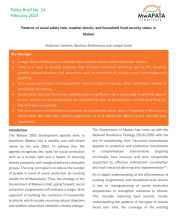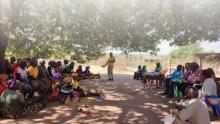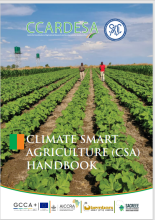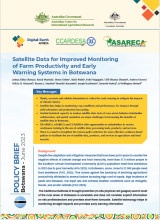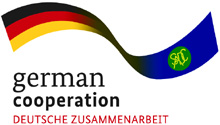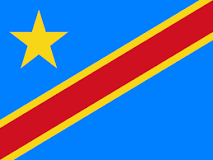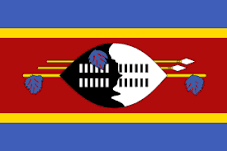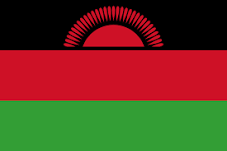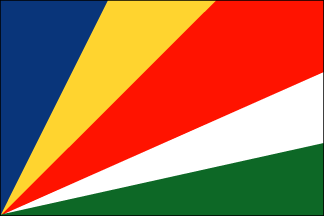Taro [Colocasia esculenta (L.) Schott] is an underutilised crop in sub-Saharan Africa due to lack of agronomic research on it. There is no information describing water-use and drought tolerance of local taro landraces. Therefore, the objective of this study was to evaluate growth, yield and water-use of three South African landraces of taro under varying water regimes. Three taro landraces [Dumbe Lomfula (DL), KwaNgwanase (KW) and Umbumbulu (UM)] were planted in a rainshelter (14, October, 2010 and 8, September, 2011) at Roodeplaat, Pretoria, South Africa. Three levels of irrigation [30%, 60% and 100% crop water requirement (ETa)] were applied three times a week using drip irrigation. Emergence, plant height, leaf number, leaf area index (LAI) and stomatal conductance were measured in situ. Root length, fresh and dry mass were obtained by destructive sampling. Yield, yield components and water-use efficiency were determined at harvest. Taro landraces showed slow and uneven emergence. Stomatal conductance was respectively, 4% and 23% lower at 60% and 30% ETa relative to 100% ETa. Such a decline was clearer in the UM landrace, suggesting greater stomatal regulation in the UM landrace compared with KW and DL landraces. Plant growth parameters (plant height, leaf number and LAI) were shown to decrease by between 5% and 19% at 60% and 30% ETa, respectively, evapotranspiration relative to 100% ETa. The KW and DL landraces were shown to decrease the most while the UM landrace had moderate reductions in growth. Taro yield was 15% and 46% higher at optimum irrigation relative to 60% ETa and 30% ETa, respectively. Water-use efficiency was relatively unchanged (0.22–0.24 kg m−3) across varying water regimes. On average, the UM landrace had 113% higher WUE than the KW landrace. These findings can be used to differentiate the landraces on the basis of potential drought tolerance.
ELSEVIER, Agricultural Water Management

